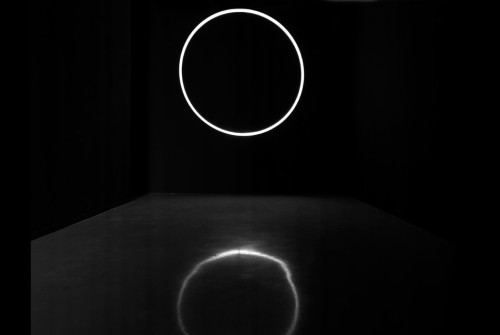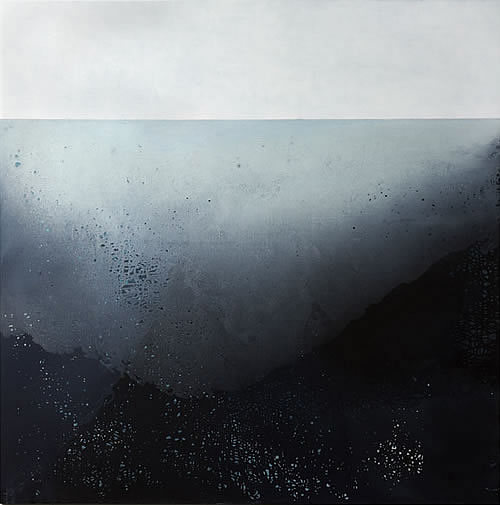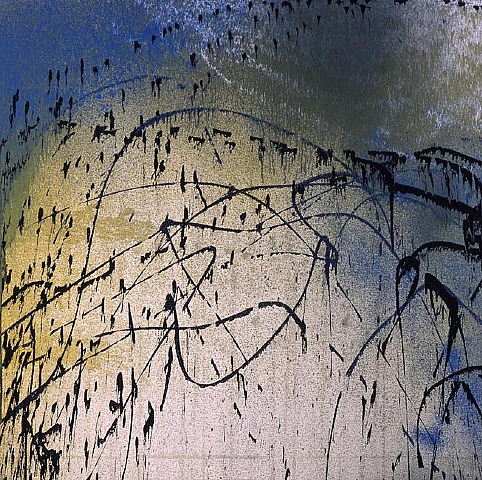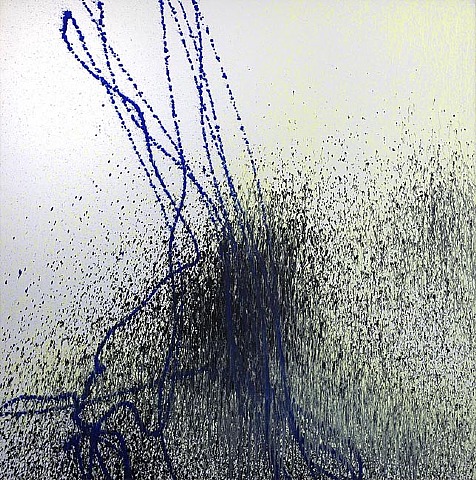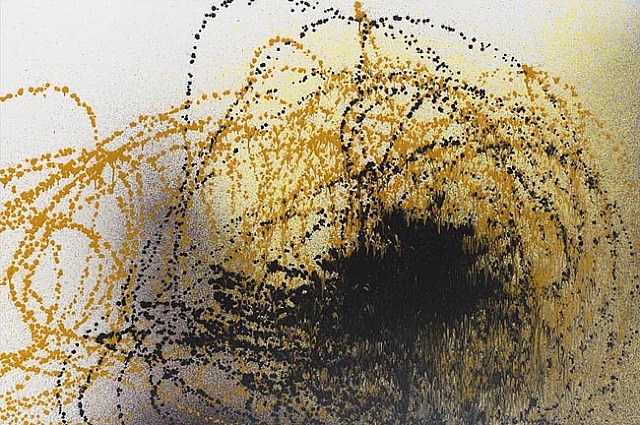

For
The Blind Sophie Calle photographed people who are blind and asked them what their image of beauty was. In the resulting work she presents a framed black and white or color portrait of each subject (men and women of a variety of ages), a framed statement describing their idea of beauty, and one or more color photographs illustrating their description.
The Blind explores the imagination and experiences of those who have never seen as interpreted by one who does see--artist Calle. The above said:
"The most beautiful thing I ever saw is the sea, the sea going out so far you lose sight of it."
“Green is beautiful. Because every time I like something, I’m told it’s green. Grass is green, trees, leaves, nature too… I like to dress in green.”

"Fish fascinates me, I can't say why. They don't make any noise. they are nothing. I don't really care about them. It's their evolution in the water that pleases me, the idea that they are not attached to anything. I sometimes find myself standing for minutes at one time in front of an aquarium. Standing like an imbecile. It's beautiful, that's all."

"Beauty - I've buried beauty. I don't need beauty. I don't need images in my brain. Since I cannot appreciate beauty, I have always run away from it."
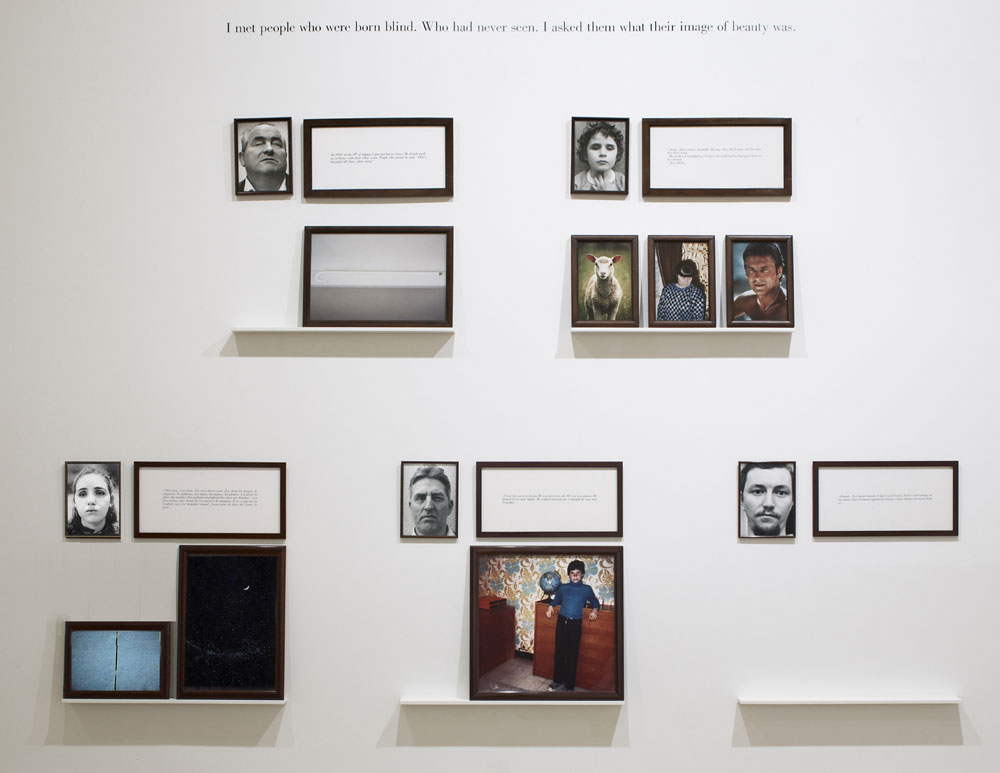







 Palate exhibition
Palate exhibition Darlene Lacey’s Candy Wrapper
Darlene Lacey’s Candy Wrapper Darlene Lacey’s Candy Wrapper
Darlene Lacey’s Candy Wrapper





 Glass in All Senses
Glass in All Senses Robert Dugrenier‘s handblown flowers
Robert Dugrenier‘s handblown flowers Moira Siña’s Touch Plane
Moira Siña’s Touch Plane










 "Fish fascinates me, I can't say why. They don't make any noise. they are nothing. I don't really care about them. It's their evolution in the water that pleases me, the idea that they are not attached to anything. I sometimes find myself standing for minutes at one time in front of an aquarium. Standing like an imbecile. It's beautiful, that's all."
"Fish fascinates me, I can't say why. They don't make any noise. they are nothing. I don't really care about them. It's their evolution in the water that pleases me, the idea that they are not attached to anything. I sometimes find myself standing for minutes at one time in front of an aquarium. Standing like an imbecile. It's beautiful, that's all."


